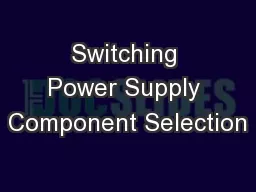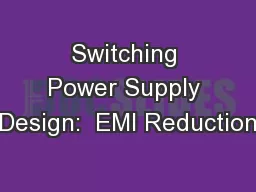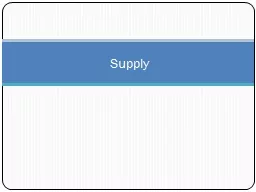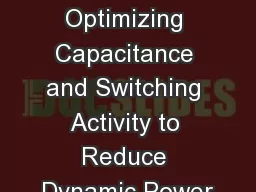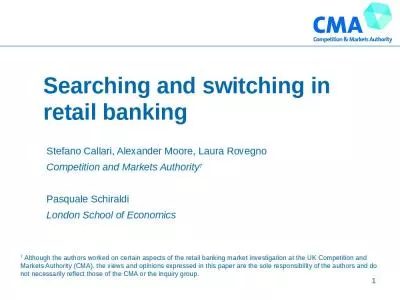PPT-Switching Power Supply Component Selection
Author : cheryl-pisano | Published Date : 2018-07-07
71b Capacitor Selection Types of Capacitors Capacitor Chemistry Value and Voltage rating 2 100uF 10000uF 01uF 100uF 1pF 01uF Capacitance Voltage 2V 4V 16V
Presentation Embed Code
Download Presentation
Download Presentation The PPT/PDF document "Switching Power Supply Component Selecti..." is the property of its rightful owner. Permission is granted to download and print the materials on this website for personal, non-commercial use only, and to display it on your personal computer provided you do not modify the materials and that you retain all copyright notices contained in the materials. By downloading content from our website, you accept the terms of this agreement.
Switching Power Supply Component Selection: Transcript
Download Rules Of Document
"Switching Power Supply Component Selection"The content belongs to its owner. You may download and print it for personal use, without modification, and keep all copyright notices. By downloading, you agree to these terms.
Related Documents

